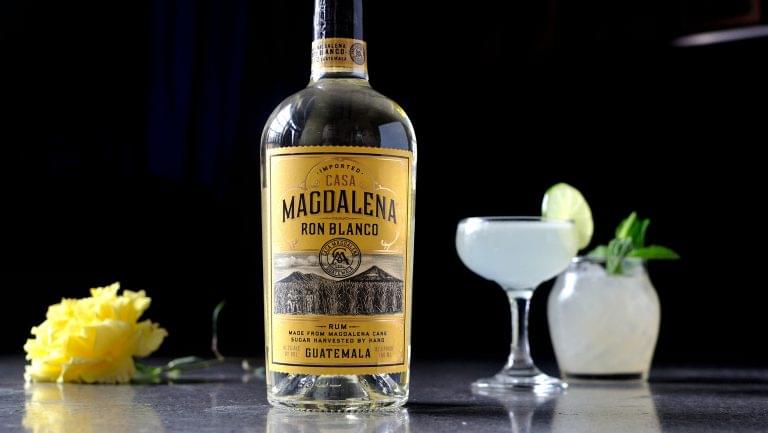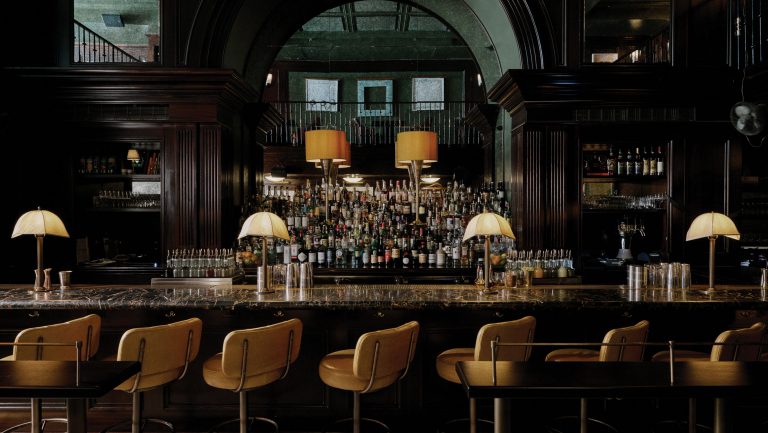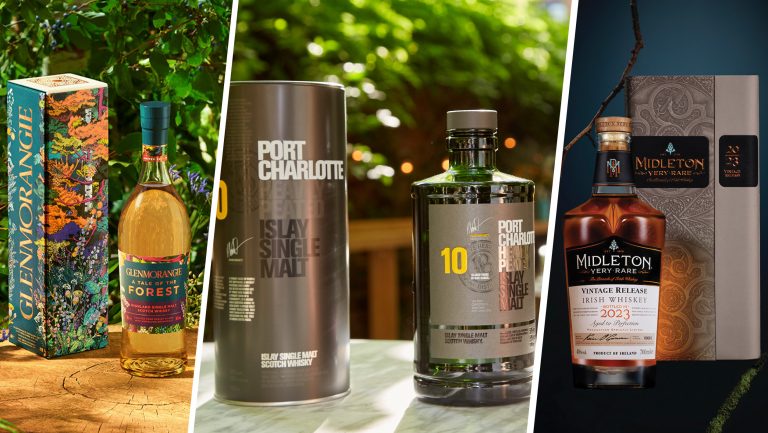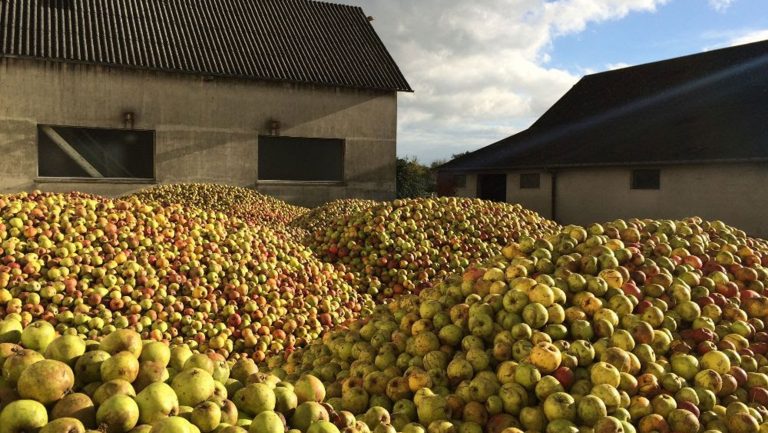Tom Mooney looks unbelievably small as he crosses a catwalk high above the Magdalena distillery. Set in the Pacific lowlands of Guatemala, this is a distillery whose scale is more that of an oil refinery than a craft distiller. Six massive fermentation tanks dominate the space, each holding 1.8 million liters and rising several stories. A column the size of a redwood quietly burbles with refined ethanol and runs nearly perpetually and with a ruthless efficiency, producing up to 300,000 liters a day of super-clean distillate at 96.4 percent pure alcohol. The whole operation is fed by an underground pipeline that brings molasses from the adjacent sugar mill. This, in turn, sits amid 163,000 acres of sugarcane, where some 7,500 cane cutters harvest about 6.8 million tons annually to feed three voracious sugar production lines.
Agriculture, meet industry.
So what is Mooney, a small-scale distiller and former president of the American Craft Spirits Association, doing at this behemoth of alcohol production? Think of it as his adventure in Craft 2.0, wherein the major and the minor meet in the middle.

Don’t miss the latest drinks industry news and insights. Sign up for our award-winning newsletters and get insider intel, resources, and trends delivered to your inbox every week.
Mooney is the CEO and co-owner of House Spirits, a well-regarded distillery in Portland, Oregon, that was founded by Christian Krogstad in 2004. House Spirits now produces Westward malt whiskey, Volstead Vodka, and a number of specialty liquors, including Krogstad Aquavit and experimental products available only at the distillery. It may be best known for Aviation Gin, which House Spirits launched with bartender Ryan Magarian in 2006 and sold to the New York–based Davos Brands 10 years later. Aviation was recently purchased by actor Ryan Reynolds.
That’s the minor. The major is Ingenio Magdalena S.A., a producer of sugar and alcohol that got its start in the 1950s when the Leal family acquired sugarcane lands in western Guatemala. They opened a sugar mill in the 1970s, their first distillery in 2003, and a second, larger distillery in 2007. In a relatively short time, they’ve become one of the most prominent distillers in the hemisphere—they’ve produced as much as 102 million liters of pure alcohol in a single year, or about seven times the amount of alcohol sold by Tito’s Vodka last year. Much of that pure spirit was shipped to Europe for use in liqueurs and cosmetics; other tankers of ethanol headed north to Mexico for blending in mixto tequila, to merchants globally to bottle as vodka under third-party labels, and to a major rum producer to blend with its own production. (None of these brands can be named because of confidentiality agreements.)
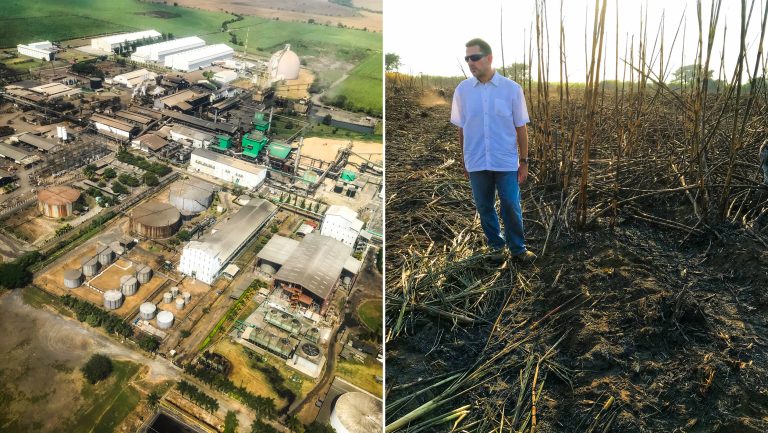
A couple of years ago, under the guidance of the current sugar boss, Luis Fernando Leal, the family-owned operation began to think about establishing its own identity and brand—something to complement the commodity production and showcase the quality of their operations. By happenstance, House Spirits, following the sale of Aviation, was looking at options for developing a rum.
Craft, meet industry.
Mooney’s search brought him to Guatemala—or rather, back home to Guatemala, where he was born and raised. (His father was an American who came to Guatemala on business, met his wife, and never left.) One of Mooney’s childhood friends happened to be Luis Fernando Leal. Reconnecting years later, they talked about what they were up to. The upshot: Leal invested in House Spirits, and in turn, House Spirits came to Guatemala to look at options for making rum.
In the U.S., craft spirits entered the Hewlett-Packard-leaves-the-garage phase several years ago. Many startup distilleries found themselves having to expand shortly after opening to compete effectively, and in growing larger, many had to make sacrifices. Some have taken on additional debt to buy bigger stills or to move to more spacious facilities. Others have sold a stake to larger, more established players, which gained them access to capital and distribution networks.
House Spirits has taken a somewhat different route by essentially “partnering up” with a major producer, albeit one with no experience in American retail distribution or marketing, while maintaining control.
Mooney says that producing rum at Magdalena wasn’t a foregone conclusion, even with a financial partnership in place. He and Krogstad looked at other options for producing rum. But they kept returning to the fact that Magdalena had a relatively new decommissioned still, which was mothballed after the larger still went online. The original is often referred to as the “small still,” but always with air quotes—the column is five feet in diameter, some 80 feet tall, and can crank out 120,000 liters a day. By craft standards, it’s a mega-still.
Once House and Magdalena agreed to fire up the old still, Krogstad set about working up potential formulations in league with Estuardo Dominguez Garcia, the plant’s head distiller, whose background included a stint making Ron Zacapa rum. They ran test batches using molasses gathered during various stages of the sugar processing and eventually settled on one with a higher sugar content and trace impurities, such as minerals and ash. They toyed with various yeasts and ended by selecting a combination of the standard strain in use at the distillery and a cultivated Guatemalan yeast.
The central ethanol plant ran efficiently on 20-hour molasses fermentation cycles. Too efficiently, it turned out. Krogstad opted to slow that down to five days of fermentation, allowing more of the desirable fruity esters to develop. The so-called small still originally ran with five columns (essential to make a clean, neutral spirit), but Krogstad used just two, allowing more of the flavors he sought to pass through.
Once the variables were ironed out, Magdalena went into full-scale production. In one day, the still produced some 140,000 liters of the new rum—enough, Mooney estimates, to fulfill demand for the next two to three years.
About half the first run was stored for future export in a steel tank in Guatemala; the other half was shipped to Oregon, where it filled 587 former Jack Daniels and Early Times barrels, which were aged roughly six months. The contents were then lightly filtered, resulting in a rum with a pale straw color that suggests a passing familiarity with a barrel.
“We wanted to get it to where it was a good mixing rum but had a little barrel character and color,” Mooney says. The goal from the outset was to produce a rum that would make an outstanding daiquiri, with a flavor profile that could stand up to the lime and sugar while contributing its own flavor.
While few would argue that this rum represents a traditional craft distillation—House Spirits typically fills about five barrels a day of its own distillate for Westward whiskey—it may prove a model for other craft distillers interested in dabbling in new markets and willing to compete head-on with more established distillers. By partnering up, House Spirits retains more control, arguing that the proof is in the quality.
Magdelana Rum launched in the Northwest and a half-dozen other states after its initial rollout last year. Mooney says they’re aiming at a retail price in the low $20s, which House hopes will attract bars that are looking to upgrade their well rums—and appeal to value-seeking consumers. Mooney adds that House Spirits has enjoyed exploring new markets with something different from what it usually sells. “And it’s been fun,” he says, “to be part of a team this big.”
Magdalena Rum may not be craft, but it’s not not craft. “Just because it’s a really big company doesn’t mean it’s not thoughtful and well made,” Krogstad says. “I think it’s exciting that we can bring this into the market at that price.”

Dispatch
Sign up for our award-winning newsletter
Don’t miss the latest drinks industry news and insights—delivered to your inbox every week.
Wayne Curtis is the author of And a Bottle of Rum: A History of the New World in Ten Cocktails and has written frequently about spirits for The Atlantic, Imbibe Magazine, Punch, The Daily Beast, and Garden & Gun, among others.

